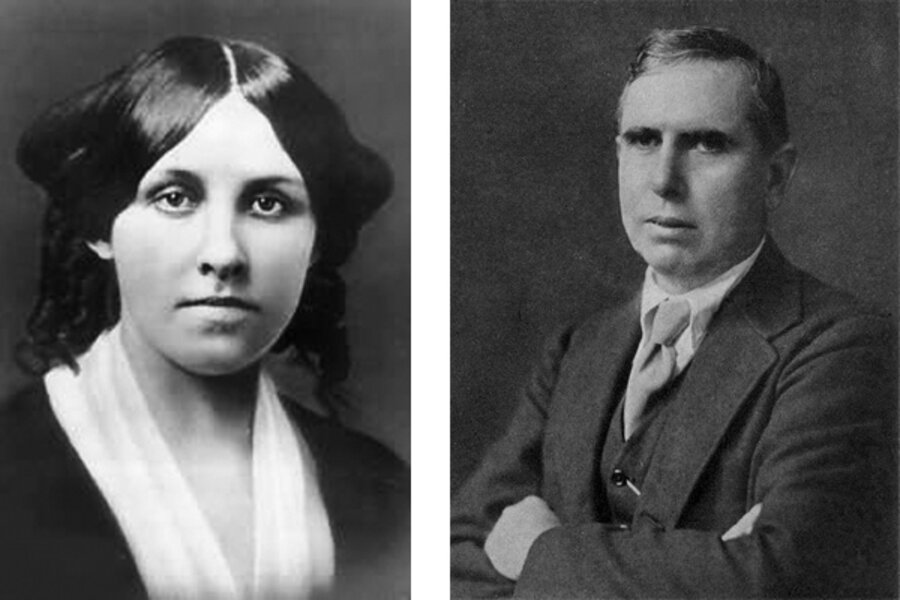American Writers Museum gets a concept plan
Loading...
The plan for a national museum devoted to American writers has taken another step forward. The American Writers Museum Foundation, which has worked to develop a site centering exclusively on honoring writers from the United States, published a concept plan July 16 that explored how the museum might be laid out and what its focus would be.
According to Amaze Design, the company that developed the museum plan, many Americans are aghast that a facility honoring US authors does not yet exist. “The most common reaction to [the museum] is, ‘You mean we don’t have an American writers museum?’” the concept plan reads.
The stated goal for the proposed museum – which would be 60,000 feet in size when complete – includes the expectation that the first 20,000 feet would be completed by 2015. While nothing has been finalized, the museum will probably be located in Chicago, Ill., according to the foundation.
The concept plan was compiled after brainstorming sessions by authors, designers, museum workers, and others in Boston, New York, and Chicago, funded by the Stead Family Foundation and the National Endowment for the Humanities.
The projected layout of the museum includes an education center, theater, cafe, bookstore, and literary lounge as well as an open area titled the literary commons. Visitors would walk through the literary commons to reach the writers’ hall, which would contain various sets devoted to topics like “American Families,” “American Towns,” and “Conflict,” with each including famous works that fit the theme. (For instance, Louisa May Alcott’s “Little Women” would be highlighted in the “American Families” section.)
Branching off from the central writers’ hall would be focus galleries, which could center on themes such as banned books or children’s literature.
The full text of the concept plan can be found here.







